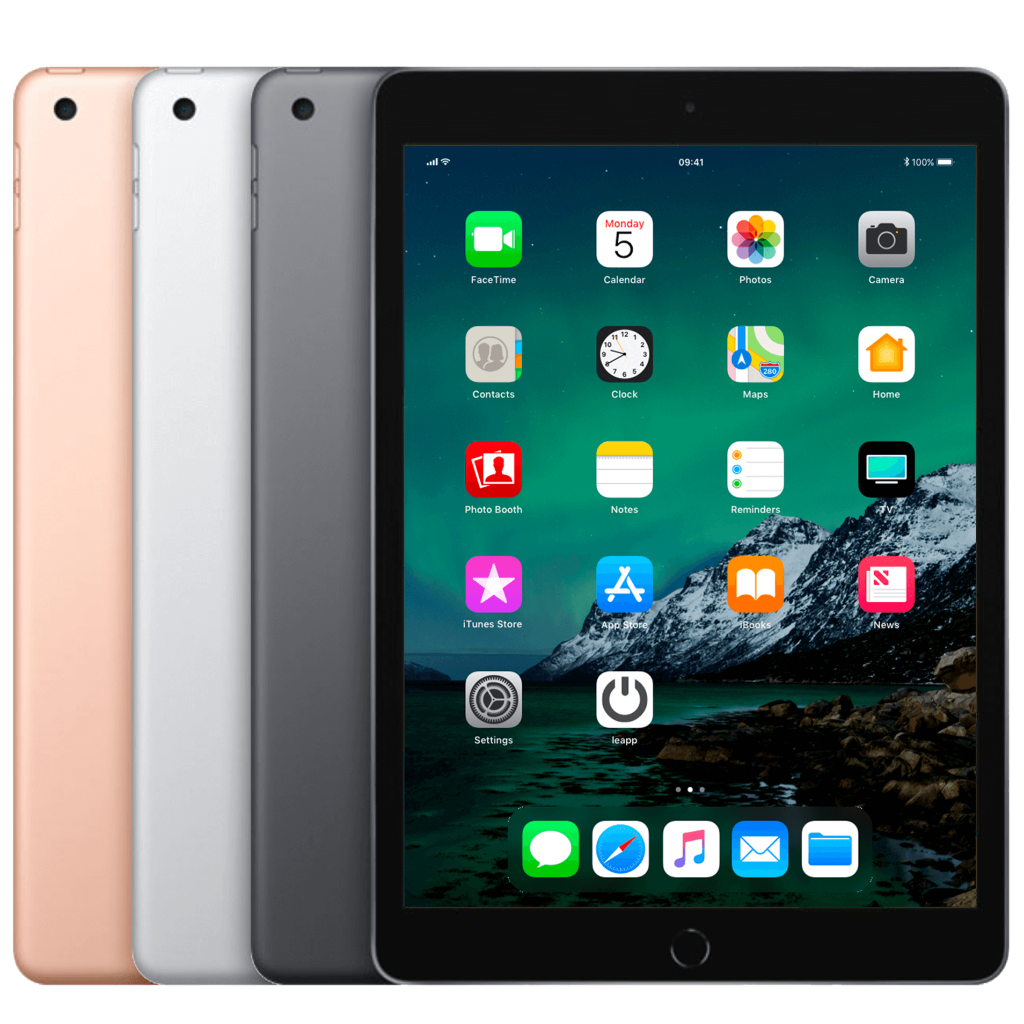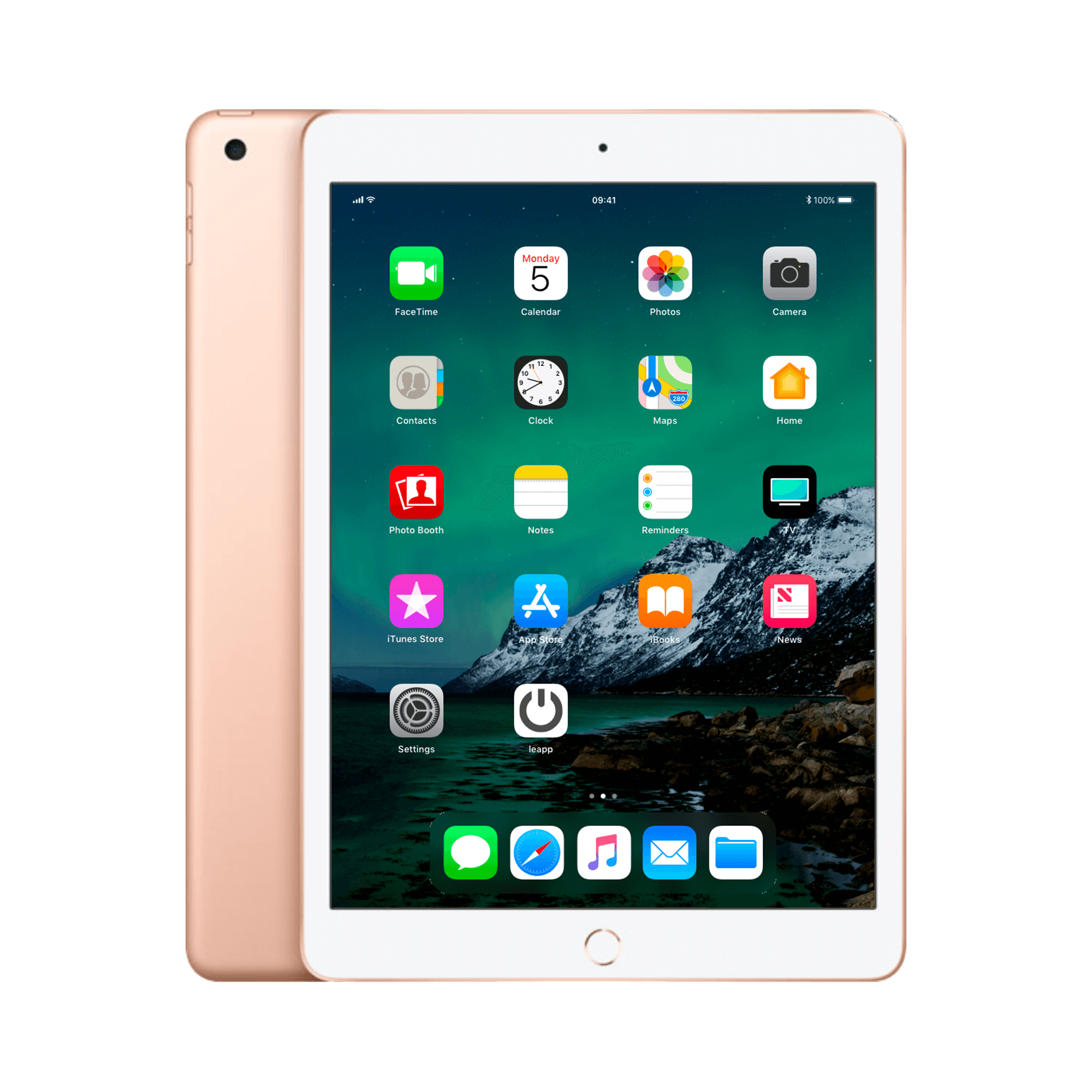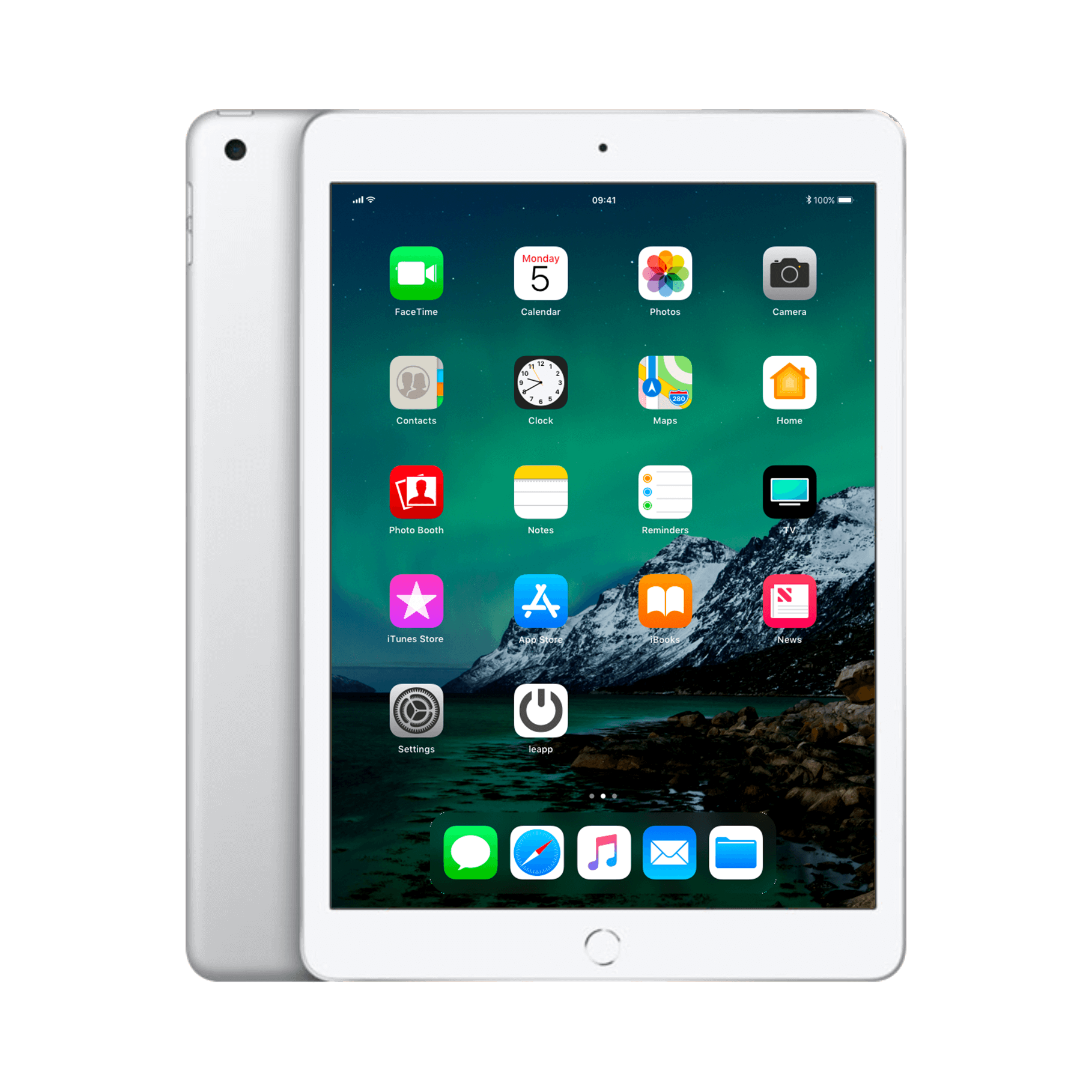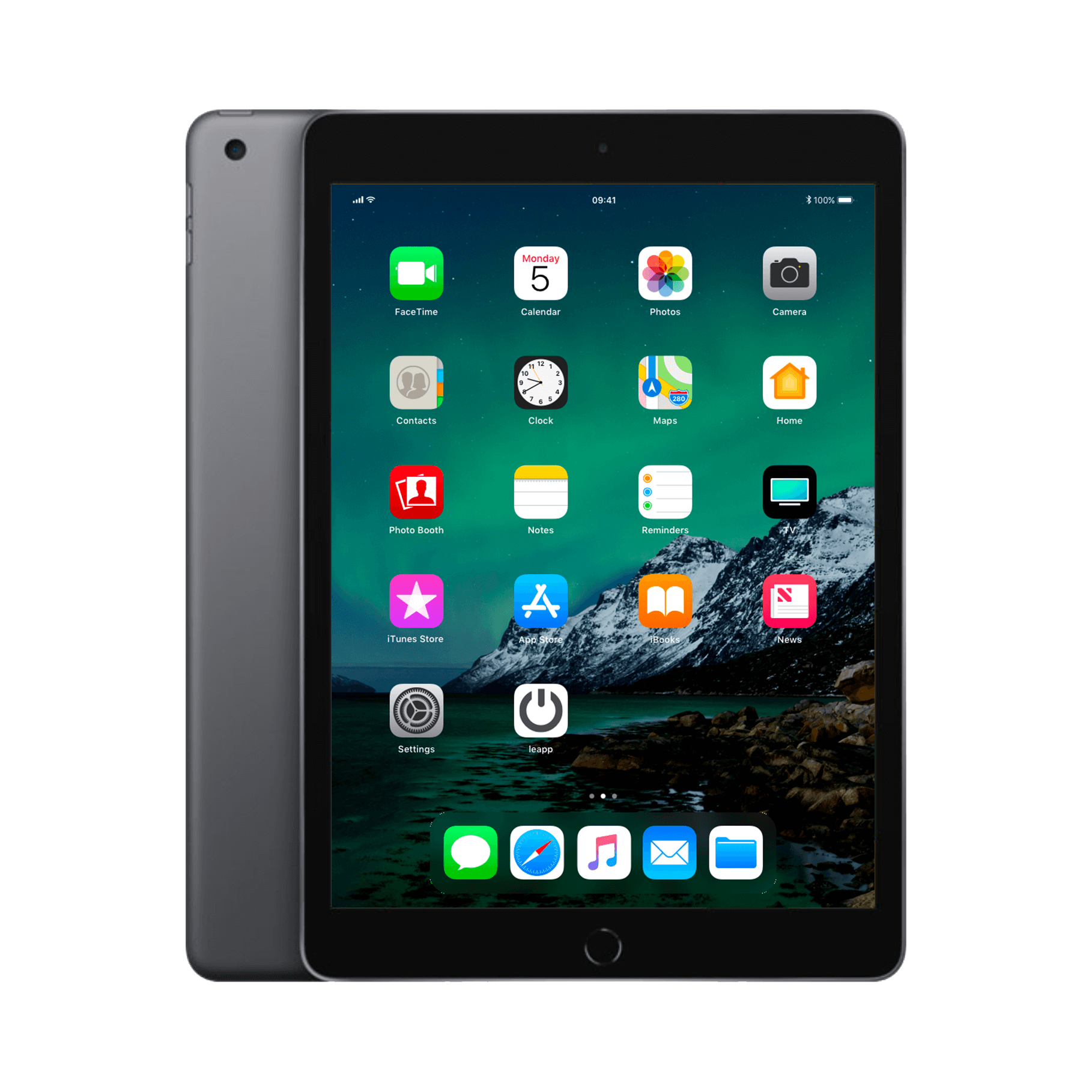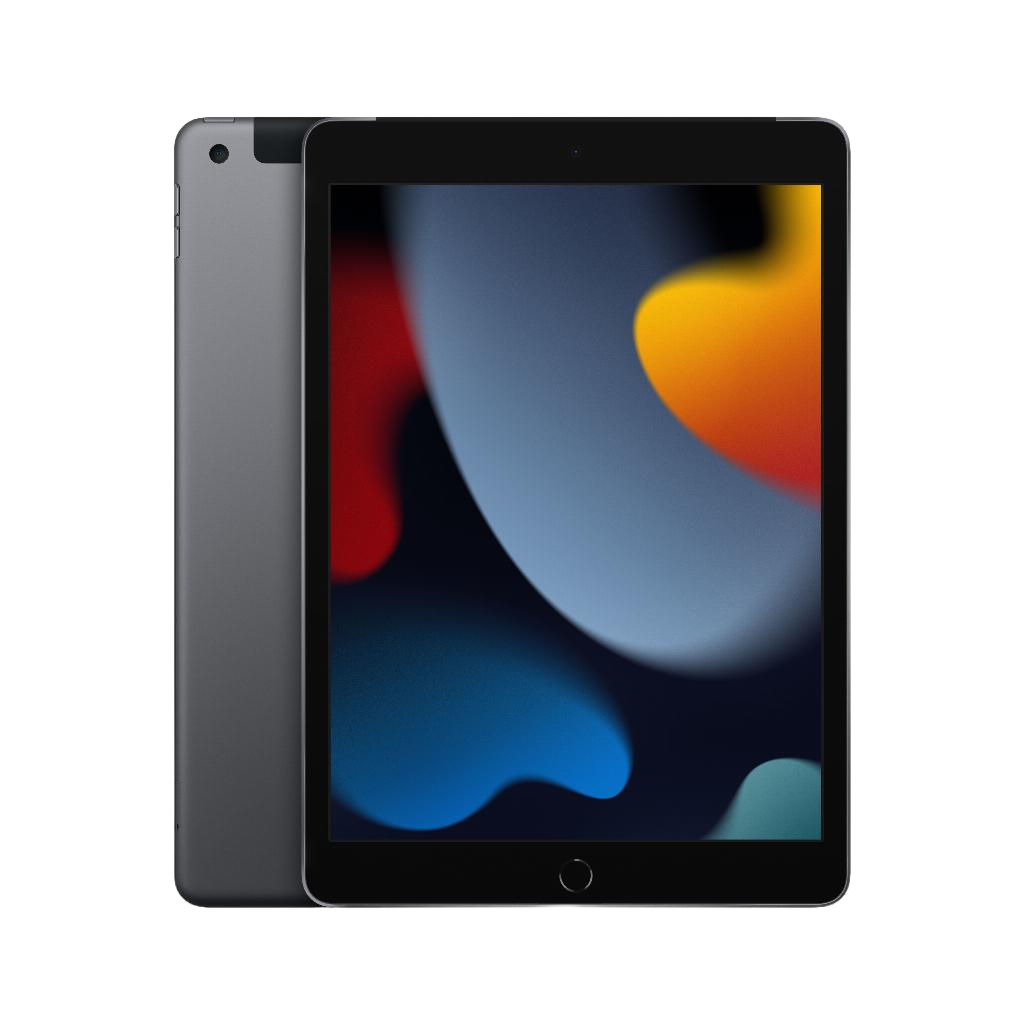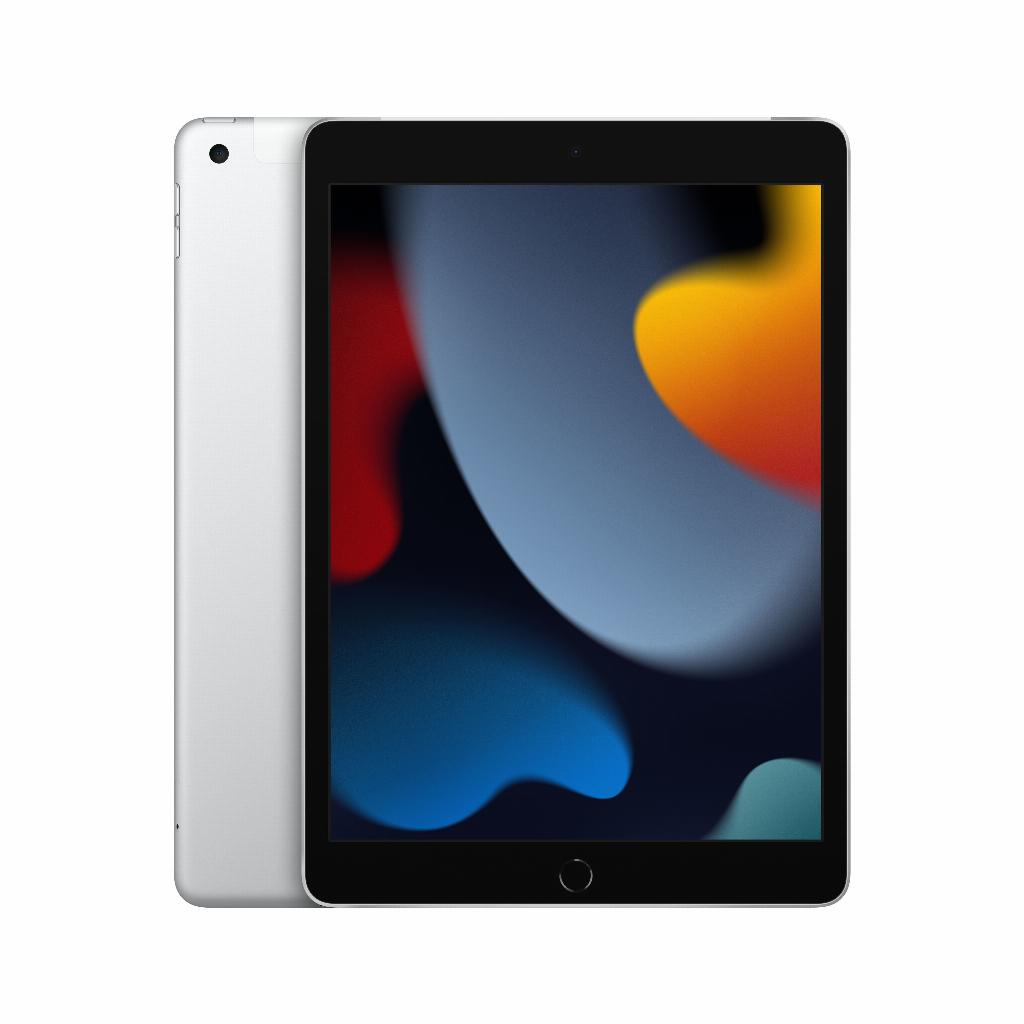iPad not charging? Here are the real causes.
Your iPad is on the charger. "Charging disabled" is the message on the screen. Frustrating. Especially when you're in a hurry. Or if it happens often. Thousands of iPad owners struggle with this problem—from brand-new models to refurbished ones . They try different cables, new adapters, even enabling airplane mode . But here's the thing: most charging issues have nothing to do with your hardware at all.
It's the small, everyday habits that sabotage your battery. Like leaving your iPad on the charger all night. Or charging it in extreme temperatures. Even that app you never use but keeps running in the background. The solution often lies in simple adjustments you can make today—without having to go to the store.
Useful links
The most common reasons behind 'charging off'
The "charging disabled" message appears when your iPad detects that the power source isn't providing enough power. This happens more often than you might think. The device then uses more power than it receives, causing the battery to drain even if the charger is connected.
Several factors play a role here. A worn cable is the culprit in about thirty percent of cases. The internal wiring gets damaged by daily bending and twisting. A dirty charging port also causes problems. Dust particles and lint block the connection between the connector and your device.
Software causes also exist. A bug in iOS can disrupt the charging process. Apps running in the background sometimes consume more power than the charger can supply. Video streaming apps and navigation software, in particular, are notorious energy hogs.
Instant solutions you can implement now
Step 1: Hardware check
Start by inspecting your charging cable. Look for kinks, cracks, or exposed wires. Test with a different cable to rule out hardware issues. Preferably use original Apple cables or MFi-certified alternatives.
Next, check the adapter. A 5W adapter charges slower than a 12W or 20W version. For iPads, we recommend at least 12W. The small iPhone adapter often doesn't provide enough power for tablets.
Step 2: Clean the port
Turn off your iPad before cleaning. Use a wooden or plastic toothpick to gently remove any debris from the charging port. Avoid metal objects that could cause a short circuit. A dry, soft toothbrush also works well.
Then, blow out the last bits of air with short bursts of compressed air. Keep the can upright to prevent condensation. No compressed air on hand? Your own lung power is usually sufficient.
Step 3: Optimize software settings
Navigate to Settings > Battery to see which apps are using the most power. Close apps you're not actively using. Double-click the Home button (or swipe up on newer models) and swipe up on apps to close them completely.
Enable Low Power Mode in Settings > Battery. This feature limits background activity and reduces visual effects. This allows your iPad to charge faster and extends battery life.
Temperature: the underestimated factor
Your iPad functions optimally between 16 and 22 degrees Celsius. At temperatures below zero or above 35 degrees Celsius, the device protects itself by stopping charging. This explains why your iPad sometimes refuses to charge in winter or summer.
Allow a cold iPad to warm up to room temperature before charging. Never place the device in direct sunlight while charging. The combination of charging and high temperatures significantly accelerates battery degradation.
Long-term preventive measures
Prevent deep discharge by charging your iPad as soon as it drops below 20 percent. Completely discharging damages the lithium-ion battery. On the other hand, maintaining a constant charge at 100 percent isn't ideal either. Aim for a battery level between 40 and 80 percent for daily use.
Invest in quality accessories. Cheap cables and adapters from dubious brands not only cause charging problems but can also pose a fire hazard. MFi certification guarantees compatibility and safety.
Update your iPad regularly to the latest iOS version. Apple often fixes battery and charging issues with software updates. Go to Settings > General > Software Update to check if updates are available.
When professional help is needed
Sometimes "charging off" indicates a deeper problem. A defective battery after years of intensive use is not uncommon. Modern batteries noticeably lose capacity after about five hundred charge cycles.
Check the battery health via Settings > Battery > Battery Health. A maximum capacity below 80% indicates wear and tear. In that case, consider replacing the battery or purchasing a refurbished model with a new battery.
Hardware damage to the charging port requires professional repair. Trying to fix it yourself usually makes the problem worse. A loose charging port or an internal short circuit can't be fixed with simple cleaning tricks.
Developing smart charging habits
Don't make a habit of charging overnight. Modern iPads do have overcharge protection, but constantly running at full charge shortens their lifespan. Instead, charge during the day when you can monitor the device.
Use the original wall adapter instead of charging via computer USB. Computers typically only provide 2.5W to 4.5W, while your iPad requires at least 10W for effective charging. This explains why charging via laptop is so slow.
Consider a power strip with a timer for overnight charging. Set it to three to four hours, depending on your battery level. This will prevent your iPad from being plugged in all night.
Prevent and solve charging problems
The "charging stopped" message doesn't necessarily mean an expensive repair. In most cases, you can solve the problem with a clean charging port, the correct adapter, or adjusted software settings. Start with the simple checks: inspect your cable, clean the port, and check which apps are running in the background.
If that doesn't work, it's time for a more thorough investigation or professional help. With proper charging habits and quality accessories , you can prevent future problems. And if your iPad really needs replacing, you'll find refurbished models as a sustainable alternative with a guarantee of a healthy battery.


